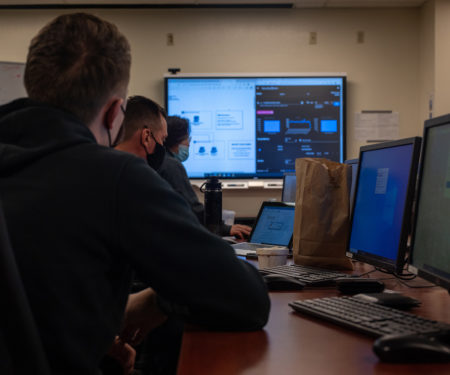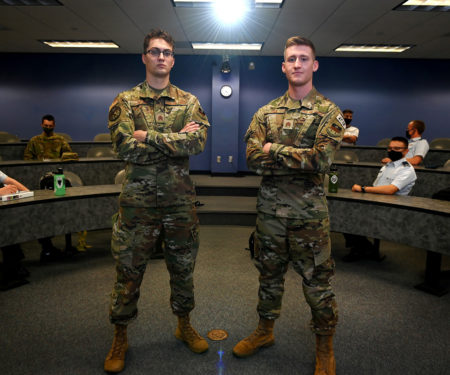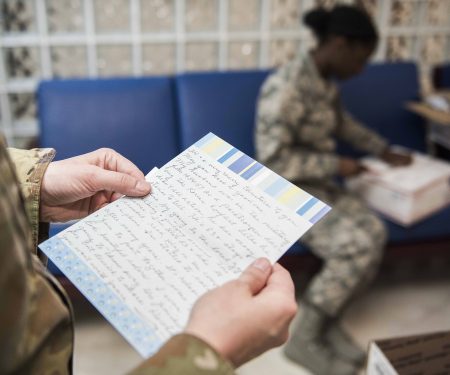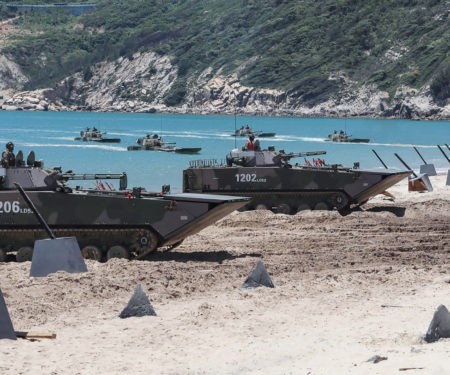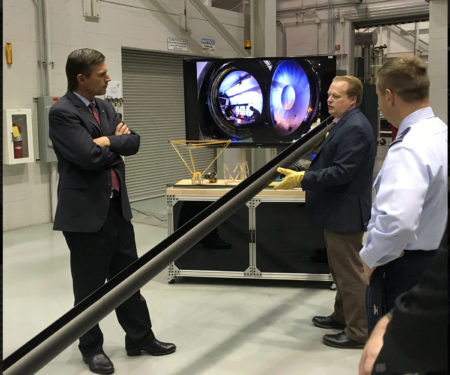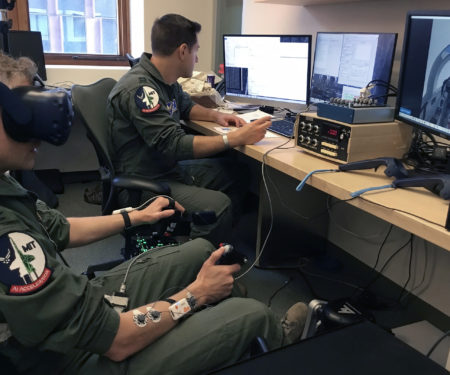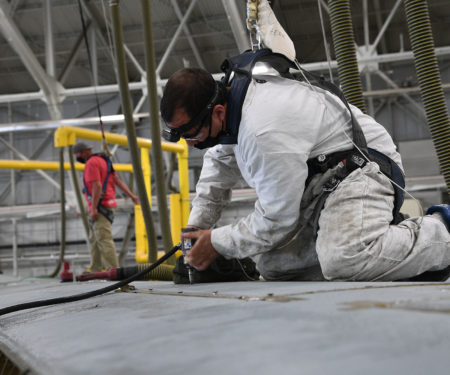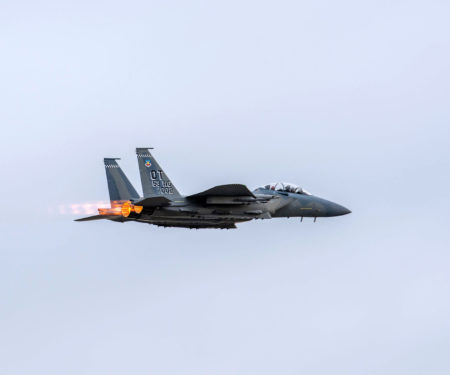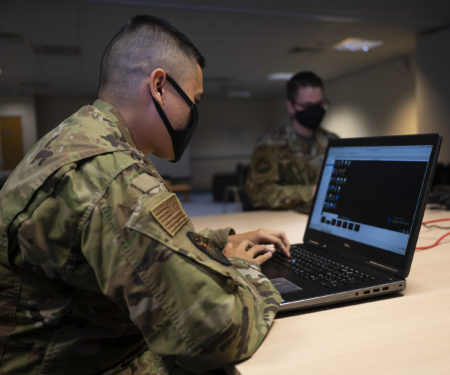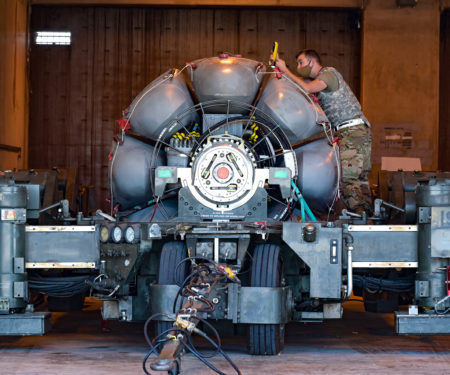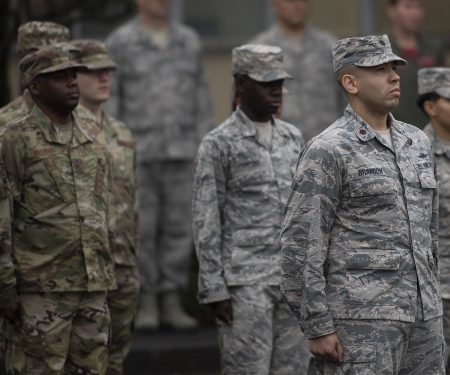Russia’s ASAT test rattled the world. The Space Force was already working on solutions.
December 2021
Vol. 104, No. 12
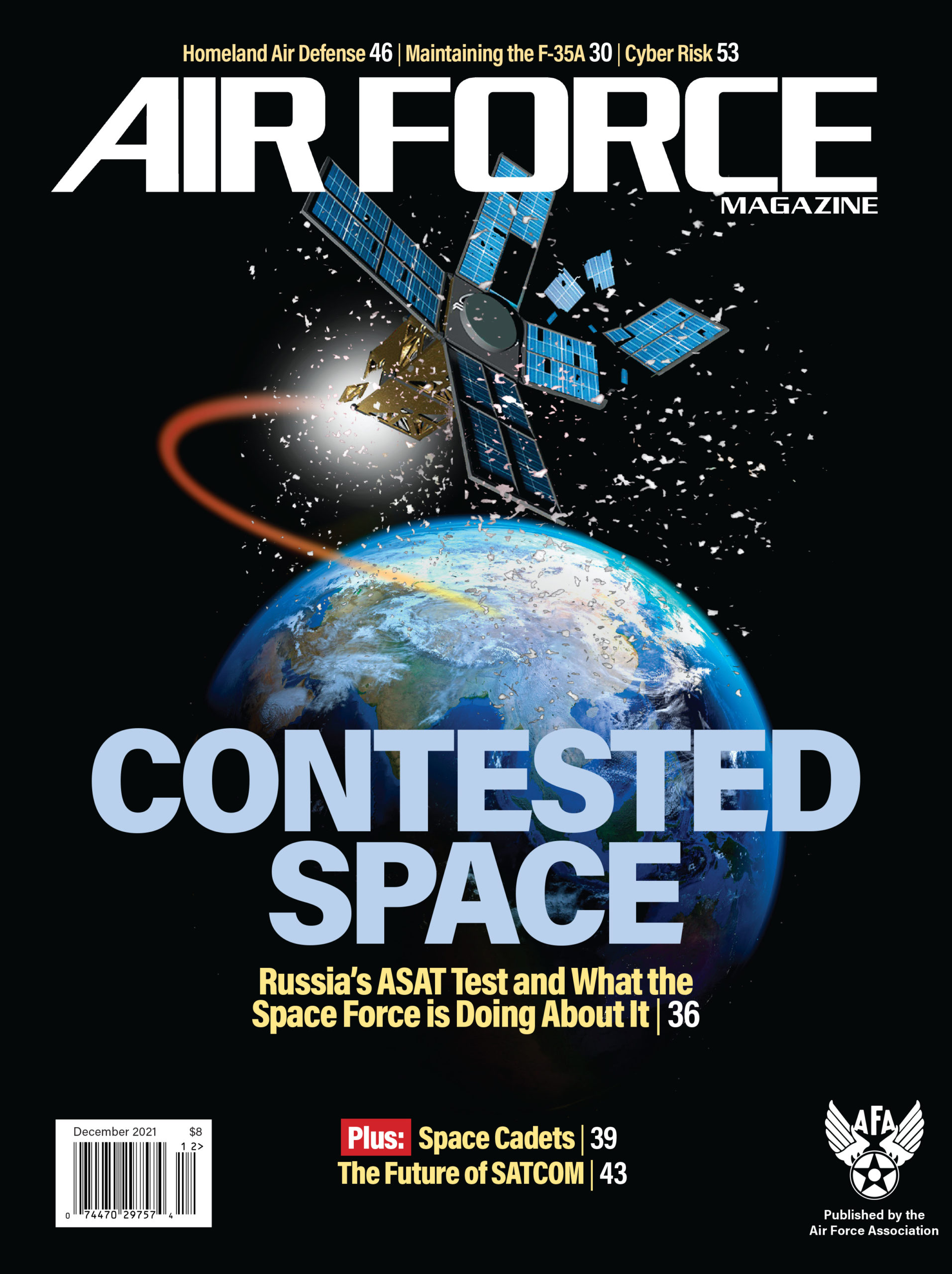
U.S. Northern Command was created 20 years ago in the wake of the 9/11 attacks on New York and Washington, D.C., and though the threats have evolved significantly since then, the command still largely relies on the same analog systems and processes to share threat data and intelligence. Solutions are mostly regionally focused and still involve human analysts entering data into spreadsheets, verbally providing updates across operations centers, and pulling together PowerPoint slides to brief leaders. That's about to change.
Chronically high operating costs might be tamed with a new deal. A new sustainment contract between the F-35 Joint Program Office (JPO) and Lockheed Martin, inked in September, will give the company a chance to bring down operating costs over the next three years.
Hacking the Supply Chain
The Defense Department’s cyber challenges are enormous. Systems increasingly rely on software code, much of it incorporating open-source components. Growing dependence on cloud-based systems to host databases and computer workloads also expanded the Pentagon’s attack surface. Conventional cyber defenses based on keeping hackers out of DOD networks have given way to new strategies built on protecting the data inside the network, because that’s what hackers are after.
Modernizing Satellite Communication
Information dominance in the future will depend on the speed and resilience of DOD SATCOM networks.
Editorial: Peril, Perspective, and Resolutions
Winding down to the end of 2021 and looking forward to the year ahead gives us an opportunity to count our blessings and take note of what ails us.
Facing Down Semiconductor Supply Chain Threats
The lack of domestic chip supplies is a growing threat. John Abbott, an analyst at S & P Global Market Intelligence, said the cyclical nature of the semiconductor industry lends itself to booms and busts, “with dips in the market having occurred roughly every five years since 1980.” This cycle has seen a double dip, both in 2019 and again now. Major aerospace contractors haven’t faced the extent of shortages that slowed automotive production, at least not yet. But regional breakdowns in the supply chain have highlighted concerns.
Guardians in Training
The Space Force is luring would-be pilots at the Air Force Academy to consider an alternative path shaping the future of a new domain.
Namesakes: Mason Patrick
For 32 years, Mason Mathews Patrick (West Point, 1886) was a brilliant though somewhat obscure member of the Army Corps of Engineers.
Letters
We love letters! Write to us at letters@afa.org. To be published, letters should be timely, relevant and concise. Include your name and location. Letters may be edited for space and the editors have final say on which are published.
Strategy & Policy: China’s No Longer Peaceful Rise
China is clearly setting the stage for a fait accompli coercive takeover of Taiwan.
USAF Reviews Expose New Disparities, Workplace Issues
The results of two new personnel studies released in November exposed new areas of concern for Air Force leaders.
Space Force’s S&T Matrix
AFRL’s realignment is finally complete. Andrew Williams, an 18-year veteran of AFRL’s Space Vehicles Directorate, will be the first full-time permanent deputy technology executive officer (D-TEO) for space science and technology.
Here Are the Scoring Charts for the Air Force’s New PT Test Exercises—Minus the Walk
The Air Force released updated scoring charts for its revamped physical fitness test Nov. 12.
Airmen and Guardians are Accelerating AI From the Campus of MIT
Under the new research partnership, the Department of the Air Force and university jointly decided on 10 research projects to focus on.
The Plan to Rescue Depots
Calling the condition of the military’s depots, shipyards, and arsenals a “crisis,” House Armed Services Committee Readiness panel chair John Garamendi (D-Calif.) gave Pentagon acquisition and sustainment officials three months to return a five-year plan for modernizing the military’s organic industrial base, warning that the “request … will be enforced.
GE Aviation to be Standalone Company
GE Aviation, which primarily makes military and commercial engines, will become the main focus of the GE conglomerate after it spins off its health care and energy businesses.
CYBERCOM Deputy Likens Cyber Warfare to Mixed Martial Arts
“In my mind, we want to get something a lot closer to mixed martial arts—you have people that are fighting one another, they’re not thinking."
A One-Stop Shop for AR/VR Training
The new technology, developed by Dynepic and dubbed the Member Operations Training Analytics and Reports (MOTAR) platform, will soon be distributed to AETC wings.
Pentagon Solicits Allies’ Input In Drafting Nuclear Posture Review
The U.S. has consulted with allies regarding its ongoing Nuclear Posture Review and will continue to do so.
Faces of the Force
Tell us who you think we should highlight here. Write to afmag@afa.org. Five members of the 18th Aeromedical Evacuation Squadron came to the aid of a fellow passenger during a commercial flight from Okinawa to Tokyo Sept. 10, assisted by...
Verbatim
A collection of quotes on airpower and national security issues.
AFA in Action
Al Maggini, who completed 35 bombing missions as a B-17 navigator with the Eighth Air Force in World War II, turned 106 recently.
